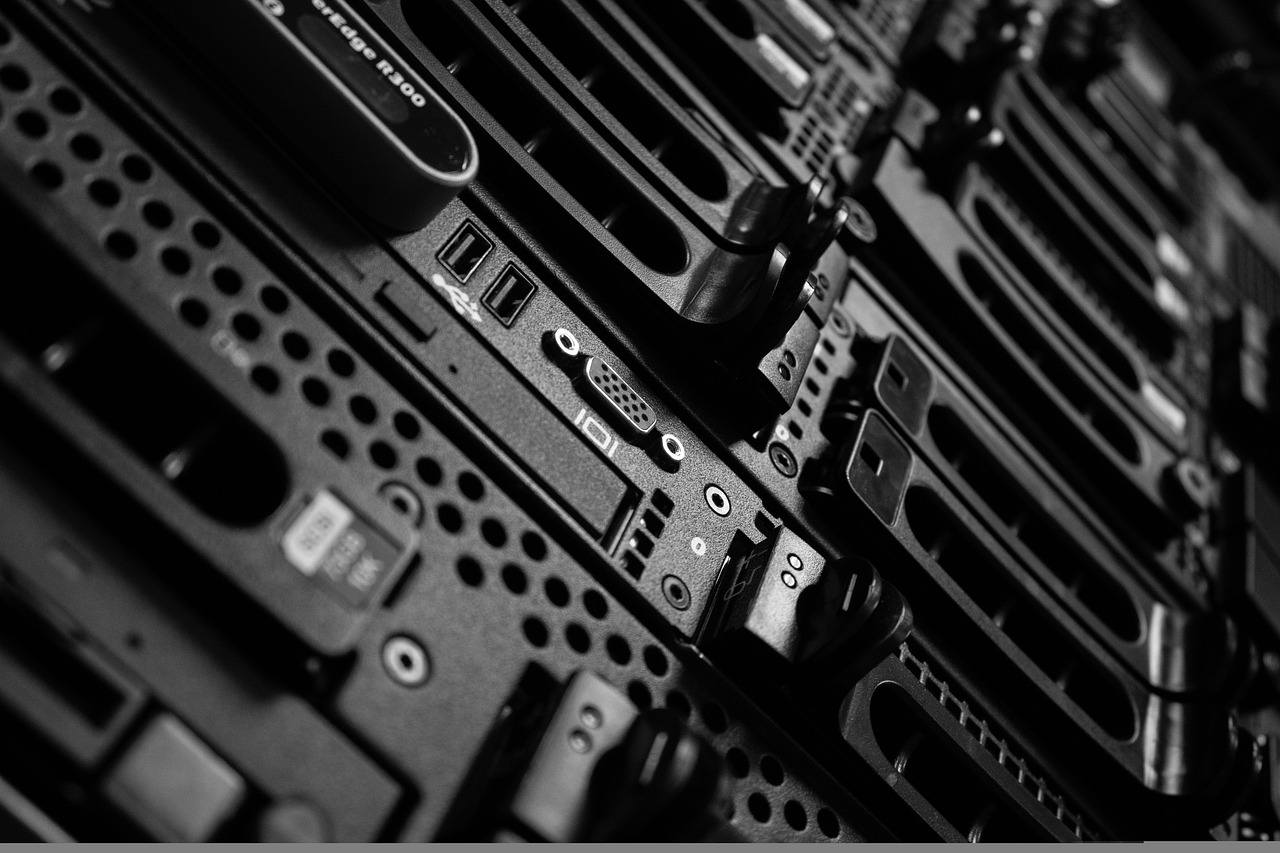Hardware lifecycle planning refers to the strategic process of managing the entire lifespan of physical technology assets— from acquisition to replacement. For small and medium-sized businesses (SMBs), this process is essential to ensure that hardware investments align with business goals and maximize return on investment (ROI). In a technology-driven marketplace, SMBs often operate with limited budgets and resources, making efficient hardware lifecycle management even more vital.
Understanding the Hardware Lifecycle
The hardware lifecycle typically includes five phases. The first phase is Planning and Procurement, which involves identifying the technology needs of the business, setting budgets, and selecting the right hardware. During this phase, businesses will evaluate vendors and compare specifications, being careful to avoid over- or under-purchasing. Next is Deployment and Integration, when purchased hardware is deployed into the company’s infrastructure. This phase includes installation, configuration, and integration with existing systems.
Maintenance and Support recognizes that over time, hardware requires regular maintenance, updates, and troubleshooting. Support in this stage ensures optimal performance and extends the useful life of the equipment. The Upgrade and Refresh Cycle recognizes that as technology evolves, hardware can become obsolete. Therefore, scheduled assessments are performed to determine when equipment should be upgraded or replaced, ensuring performance remains competitive and security vulnerabilities are addressed.
At some point, hardware will reach the end of its useful life. During the Decommissioning and Disposal phase, safe data removal and environmentally responsible disposal take place to make room for newer systems.
Why Hardware Lifecycle Planning Matters for SMBs
Proper hardware lifecycle planning offers a structured approach to managing technology that directly supports business continuity and growth. These considerations may include:
- Cost Control and Predictable Budgeting: Hardware lifecycle planning helps SMBs avoid surprise costs by allowing them to anticipate expenses. Rather than reacting to sudden hardware failures, businesses can forecast and budget for capital expenditures over time. This proactive approach also helps in leveraging vendor deals and bulk purchase discounts.
- Improved Performance and Productivity: Outdated or poorly maintained hardware can slow down business operations, resulting in lost productivity. A well-managed lifecycle ensures employees always have access to efficient tools – leading to smoother workflows and fewer technical issues.
- Enhanced Security and Compliance: Older hardware may not support the latest security updates, making it vulnerable to cyberattacks. Lifecycle planning ensures systems are updated or replaced on schedule, helping SMBs stay compliant with industry regulations and protect sensitive data.
- Sustainability and Environmental Responsibility: By planning for responsible disposal and recycling of hardware, SMBs can reduce their environmental footprint. Many vendors offer take-back programs or certified recycling options, which can be incorporated into lifecycle plans.
- Optimized Asset Management: Tracking hardware throughout its lifecycle enables better asset management. SMBs gain visibility into where devices are, how they’re performing, and when they need attention. This reduces waste and ensures each piece of equipment is used to its full potential.
- Scalability and Flexibility: As SMBs grow, their hardware needs evolve. A clear lifecycle plan ensures that scaling up (or down) doesn’t lead to mismatched systems or unnecessary purchases. It helps businesses pivot more easily in response to market changes or new opportunities.
Alliance IT: Your Partner in Hardware Lifecycle Planning
Hardware lifecycle planning may seem like a practice reserved for large enterprises, but it holds immense value for SMBs. By taking a proactive, strategic approach to hardware management, small businesses can control costs and optimize performance – while preparing for future growth. In an era where technology is at the heart of virtually every business process, managing hardware wisely is not just good practice—it’s essential for long-term success.
Alliance IT offers a full suite of services to support your hardware lifecycle efforts. From an initial technical assessment to managed and cloud services, we are here to help your business achieve success.

